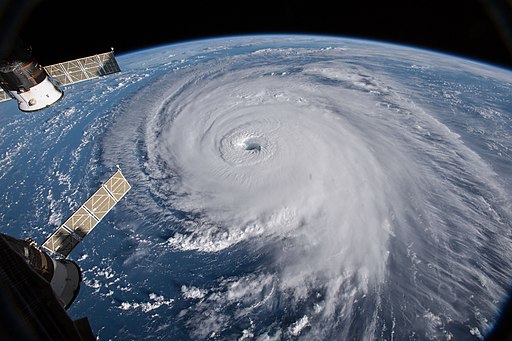Colorado State University’s first look at the 2023 Atlantic hurricane season calls for a slight slowdown, but uncertainty abound as a potential El Niño looms.
A potential El Niño brewing in the Pacific Ocean could put the brakes on this year’s Atlantic hurricane season.
Leading hurricane experts at Colorado State University (CSU) released on Thursday their first look at the potential for tropical cyclone activity during the upcoming season.
The news highlights the interconnected nature of our atmosphere, where seemingly small changes in one part of the world can have reverberations felt thousands of kilometres away.
DON’T MISS: Heat incoming? Two ways El Niño could affect Canada’s summer
Forecast calls for slightly below-average season
An average Atlantic hurricane season will see 14 named tropical storms, seven of which grow into hurricanes, and three of those systems going on to achieve major hurricane status.
CSU’s official forecast calls for the 2023 Atlantic hurricane season to come in around 80 percent of average compared to all hurricane seasons over the past 30 years, or just slightly below seasonal. This roughly equates to 13 named storms, six hurricanes, and two major hurricanes.
Forecasters stressed that there’s “large uncertainty” in this initial outlook, mostly due to the greatest unknown: El Niño.
El Niño is a pattern of warmer-than-normal sea surface temperatures in the eastern Pacific Ocean near the equator. This warmup can have a profound effect on the atmosphere—including increased wind shear flowing east over the Atlantic Ocean.
Wind shear is destructive to a budding tropical cyclone. A system needs robust and persistent thunderstorms in order to develop a low-pressure centre at the surface. Too much wind shear can blow the tops off of those thunderstorms and stop them in their tracks, preventing a tropical system from organizing and strengthening.
Read more at theweathernetwork.com.

